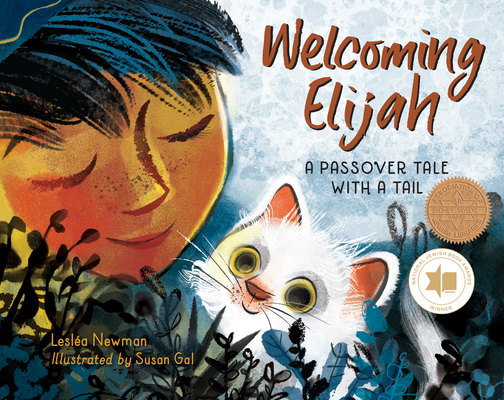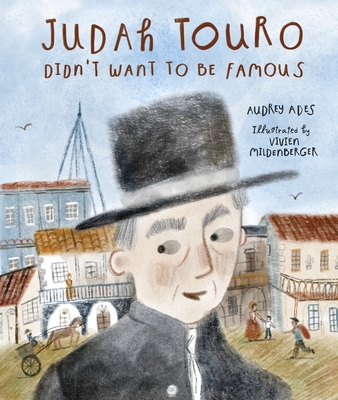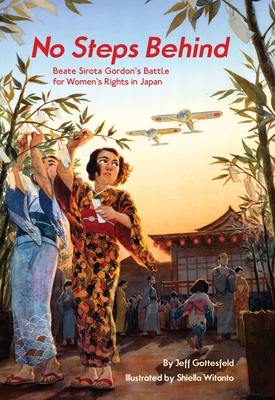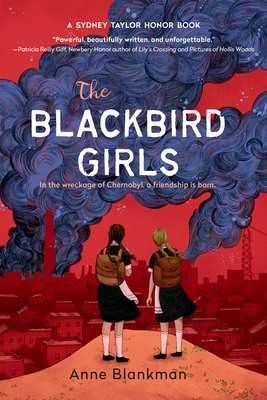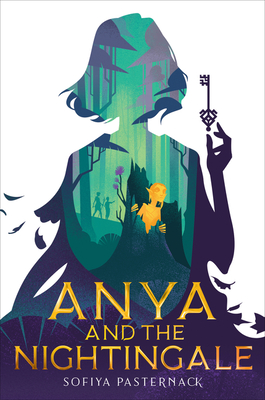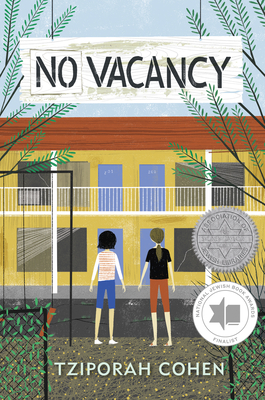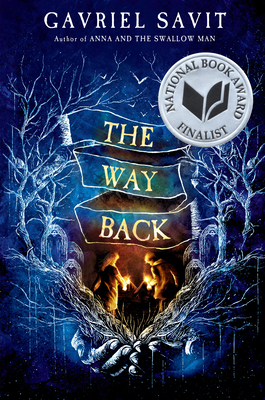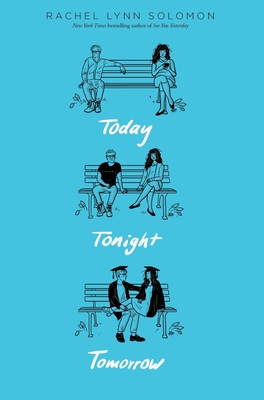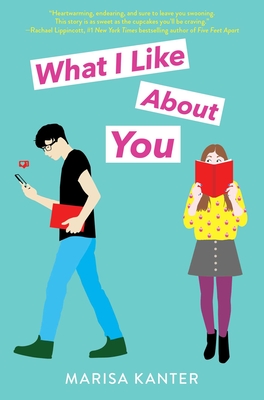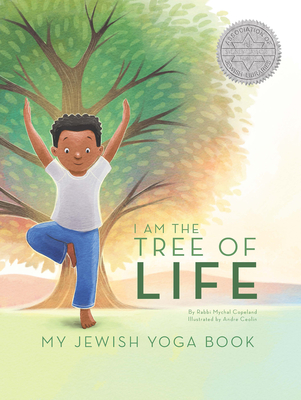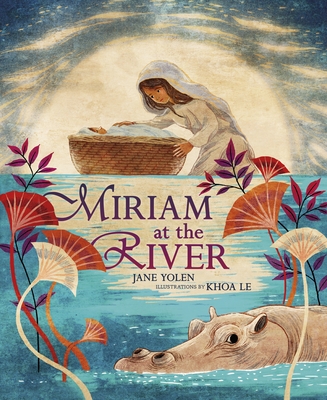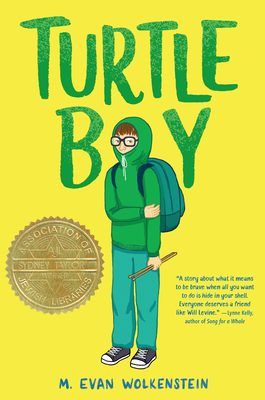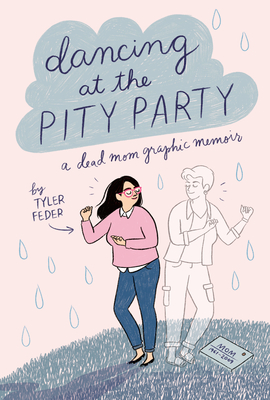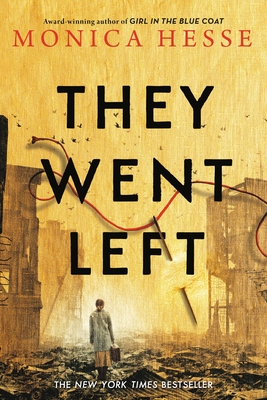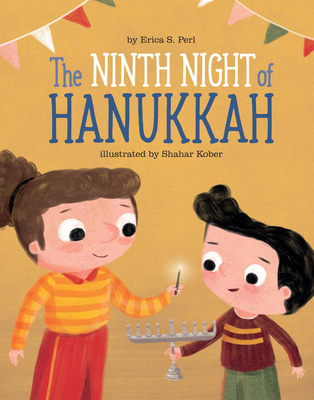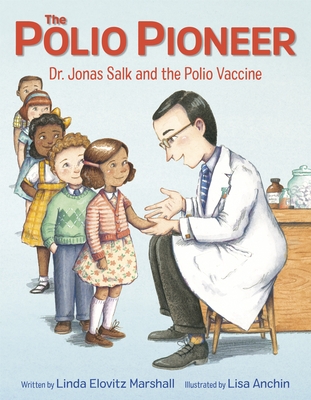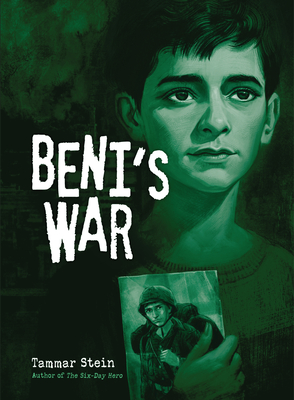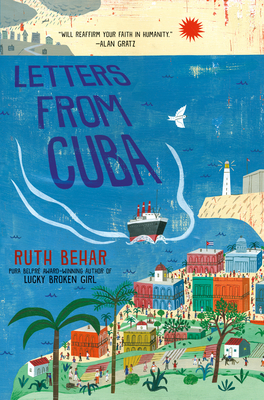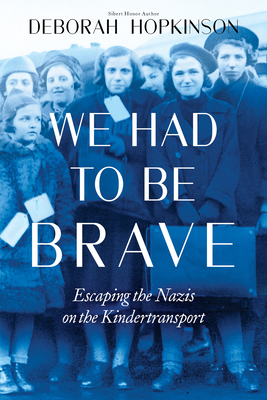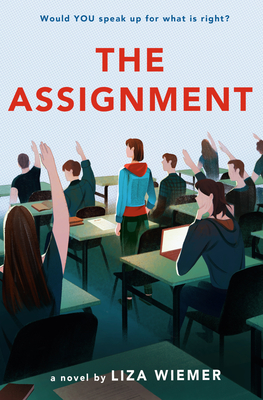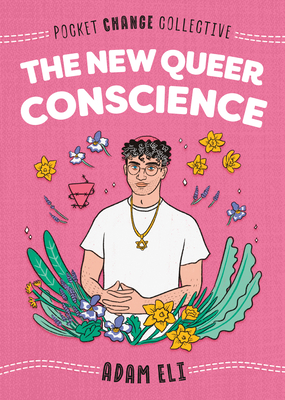
Red and Green and Blue and White by Lee Wind, illustrated by Paul O. Zelinsky (9781646140879)
Based on a true story, this picture book explores hate crimes and what a community can do to stand up for what they believe in. Isaac lived in the one house in town decorated in blue and white for Chanukah rather than red and green for Christmas. Teresa lived across the street in a house with a big Christmas tree. The two were best friends. They both loved playing in the snow, being creative, and lots of sprinkles. One night, a shadow approached Isaac’s house and threw a rock through their front window. Isaac’s family considered not lighting the menorah that night, but lit it after all. Teresa made a picture of a menorah to support them, one that glowed with white and blue light. Soon others in the neighborhood joined them, then the school and library, then more and more. Finally, 10,000 windows lit with a combination of red and green and blue and white, standing in solidarity against hate.
Inspired by events that happened in 1993 in Billings, Montana, this picture book shows how one act of hatred cannot stand before a community committed to being there for one another and standing in unity together. The book shines with hope and love, the moment of darkness at its center an important opportunity for a community to show who they really are. It’s a book of inclusion and community, an important story for our volatile times.
Zelinsky’s illustrations are filled with light and darkness. From the glowing holiday lights spilling out of homes to the darkness of the act of hatred, there is a distinct insistence not to fear the darkness but to make it one’s own. The final image of the mixture of holiday lights is profoundly moving and sets just the right tone for all of our winter holiday celebrations.
Important, beautiful and inspiring. Appropriate for ages 5-7.
Reviewed from e-galley provided by Levine Querido.


